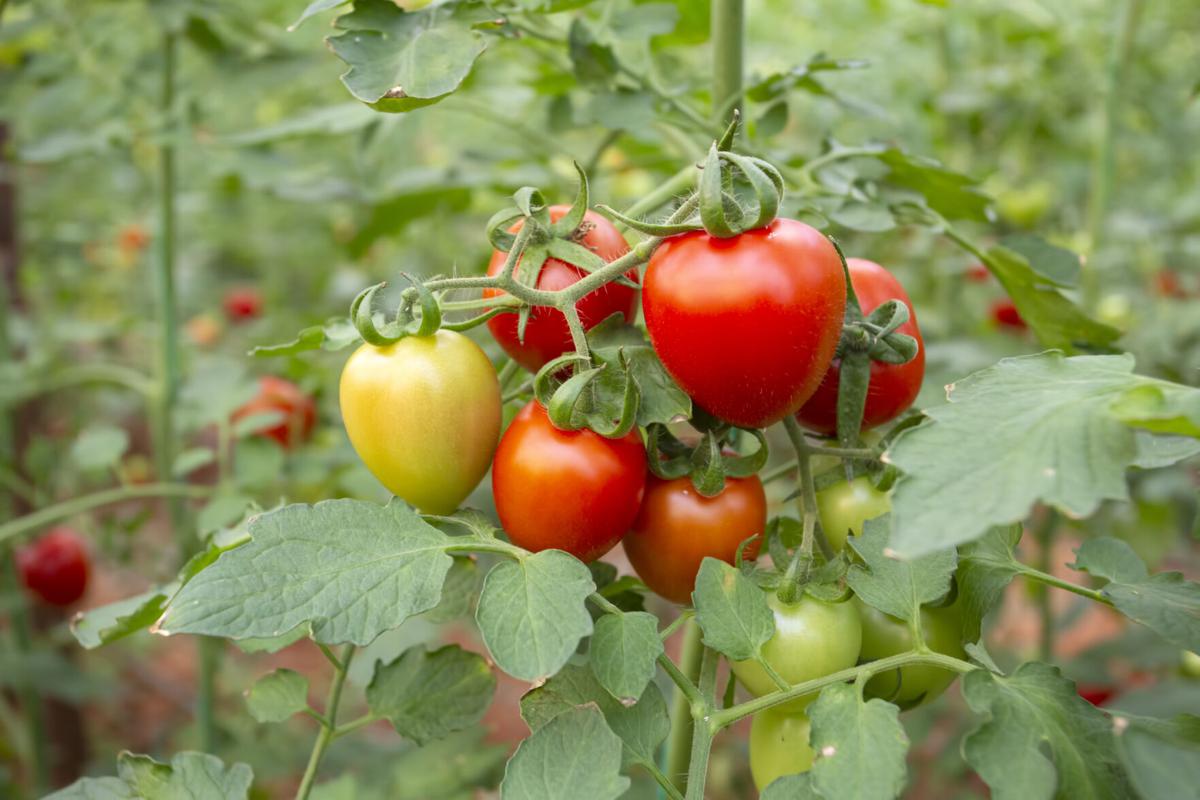It’s great to grow your own veggies, but it’s also a lot of work. You have to remember when to sow, when to fertilize and change your crops out every few months. But for some veggies, there’s no need to do all of that.
A few vegetables are perennials, which means they come back year after year, eliminating the need for sowing and planting with each season. This can reduce your workload in the garden, particularly if you don’t have much time to fuss with planning out your crops. In our climate, some food plants that we think of as annuals can actually be grown as perennials, thanks to our warmer climate.
For many of these plants, the key will be helping them through our hot summers. Have shade cloth ready (at least 50%) and keep everything well-watered. You will also need to fertilize and weed. These plants are not native to our climate, so you will need to baby them a bit. This is the main disadvantage of perennial vegetable growing — you need to give them quite a bit of water and shade through the summer.
You will also need to protect them through our coldest nights in the winter. Fortunately this is pretty straightforward. When in doubt, keep the mulch thick, cut off unneeded foliage while the plant is dormant, and cover with frost cloth. For more tips on protecting plants in the winter, take a look at my article "All you need to know about frost protection in your Tucson garden."
On the plus side, you’re not turning over the soil and thus not using nutrients as quickly. This will reduce the need for fertilization, particularly if you add compost regularly and mulch. Thick mulching is essential, as it will help cool the soil and keep water in through the summer. You also won’t be spending money on new plants each season.
If you want a plant-it-and-forget-it food crop, take a look at my article on native food plants, which are truly low-maintenance. If you have a warm spot in your yard, or have a greenhouse, be sure to take a look at my article on growing exotic spices like ginger and turmeric.
Here are a few perennial food plants to try out. You can see if they thrive in your conditions, and if it's worth it to you to keep them happy throughout the year.
- Tomatoes (Solanum lycopersicum): As long as you keep them from freezing, tomatoes can be perennial plants. In our desert, that means moving them into a greenhouse or covering them in the winter to protect from frost.
- Peppers (Capsicum spp.): The same deal goes for peppers. Protect them, or plant them in a warmer microclimate, and they will keep producing for years. My pepper plants have made it through the last three winters without any special work on my part other than covering them in the coldest nights.
- Eggplant (Solanum melongena): Like tomatoes and peppers, eggplant are perennials unless they are killed by frost. Cut back the foliage to the main trunks once temps dip down into the 40s at night and watch for extreme cold. Your eggplant should make it through the winter this way.
- Potatoes (Solanum tuberosum): yes, these are actually perennial plants. Our harvesting can make them annuals, but if you leave a few tubers in the ground they should come back next year. I’ve noticed they don’t like our hot summers, but if you plant them in containers and get them into shade in the summer, perhaps you will have luck.
- Asparagus (Asparagus officinalis): these can take a few years to get going, and may not do well in our dry climate, but you can give them a try if you have a cooler area of your yard.
- Sunchoke, or Jerusalem artichoke (Helianthus tuberosus): This is actually a variety of sunflower native to North America whose tubers are edible and can be eaten in place of potatoes.
- Artichokes (Cynara scolymus): These like our warmer climate, and should do well in our area. You can try the "Imperial Star" variety for our climate. As with eggplant, cut off most of the foliage before cold temps arrive and mulch thoroughly.
- Garlic (Allium sativum): If you only harvest the larger plants, the smaller plants can go on to grow throughout the year and be harvested. Choose softneck varieties as they do better in hotter climates.
Growing your own vegetables is a cost-effective way of ensuring you eat your five-a-day. However, it can be tricky to figure out what vegetables grow best in different seasons, especially fall and winter.





